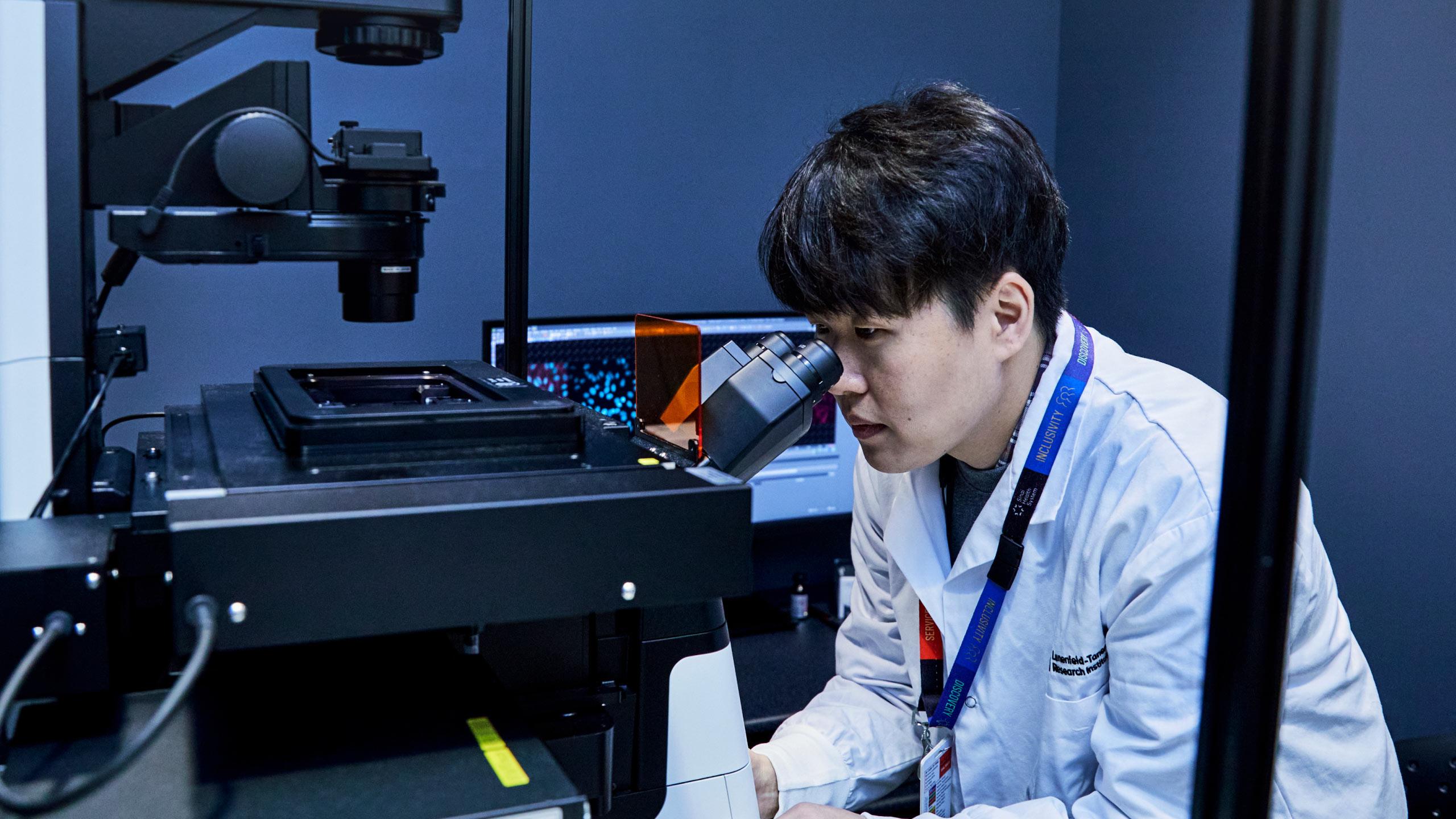Male Breast Cancer
Learn more about male breast cancer and how it is treated.
Overview
Both women and men have breast tissue and can develop breast cancer. However, male breast cancer is far less common and accounts for one per cent of all breast cancer.
It usually affects men over 60, although younger men can also get breast cancer.
Men get the same kinds of breast cancer as women. However, the most common kind of breast cancer in men is in the breast ducts. This is because breast tissue in men consists almost exclusively of ducts.
The following factors may increase the risk of breast cancer in men.
Family history: A family history of breast cancer is the most common risk factor.
Klinefelter's syndrome: This is a rare disorder that cause an extra X chromosome in all body cells. Men with Klinefelter's syndrome are 20 times more likely to develop breast cancer.
Gynecomastia: This is an enlargement of the breast in men, which carries an increased risk of developing breast cancer.
Obesity: Obesity may increase the risk of developing breast cancer because fatty tissue produces more estrogen.
Estrogens: Using estrogen for medical treatment may increase a man's risk of developing breast cancer. More studies are needed to conclusively evaluate the relationship between estrogen and male breast cancer.
Testicular dysfunction: Undescended testes, congenital groin hernias, testicular injuries, inflammation of the testes and testicular infections can increase the risk of male breast cancer.
Chronic liver disease: Liver disease may increase the risk of breast cancer because the body's ability to break down estrogens is reduced, raising the level of female hormones in the body.
Male breast cancer diagnosis
Male breast cancer can usually be easily detected because most men have less fat tissue than women in the breast area. However, many men are not aware they can get breast cancer and do not look for changes or lumps. They may also ignore a lump until the cancer has become quite advanced.
Learn more about how breast cancer is diagnosed.
Male breast cancer treatment
Surgery
In most cases, treatment for men involves removing the tumour through surgery. The surgeon may remove only the lump (lumpectomy) or the whole breast (mastectomy). The surgeon may also remove some of the underarm lymph nodes if necessary.
Surgery tends to be more extensive in men than women. This is because breast cancer in men is usually diagnosed at a later stage of the disease and because of the smaller size of male breasts.
Radiation therapy
Most patients receive radiation therapy after a lumpectomy. Radiation therapy is less common for men than it is for women. Men are less likely to have a lumpectomy than women because they have less breast tissue.
Medical oncology
Medical oncology treats cancer with medications that affect the whole body. This includes chemotherapy and hormone therapy.
Most patients are referred for chemotherapy after having surgery for breast cancer. In some cases, you may see a medical oncologist before having surgery. Learn more about our breast medical oncology services
Clinical trials
You may be able to participate in a research study that helps physicians and researchers find ways to improve treatments and quality of life for patients living with breast cancer.








